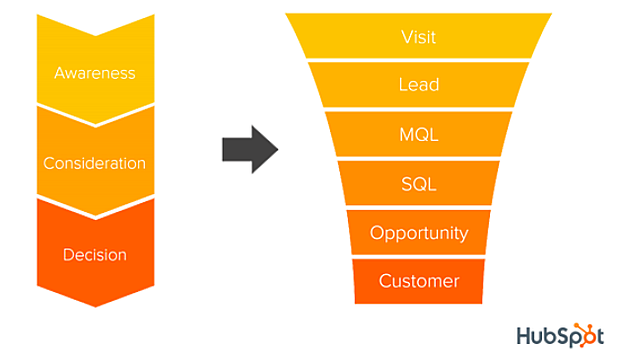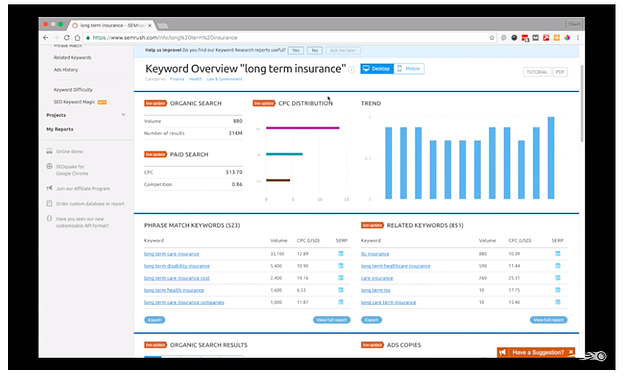Customer Acquisition Strategy Tips Every Company Can Try 


The fierce competition for the hearts of customers continues, with companies investing in everything from PR stunts to digital marketing. Yet, the leading challenge that businesses face in 2021? Customer Acquisition.
Here’s the deal: the cost of acquiring new customers has increased by over 60% in the last five years.
The same marketing tactics are becoming more expensive, yet failing to get results – at least, results that justify the costs.
If you’re heading into 2021 with a big question mark over your customer acquisition strategy, you’re not alone. Two of the most commonly cited marketing priorities for companies are: educing customer acquisition costs AND proving ROI of marketing efforts.
Sound familiar?
Now for the good news. There is a way you can improve customer acquisition while lowering the cost of acquisition at the same time.
In this article, you’ll learn a whole host of tactics that you can add to your customer acquisition strategy to boost your ROI.
By the end, you’ll be able to build an acquisition strategy so robust, it’ll get you through 2021 and beyond.
Quick chapter links
- What is customer acquisition?
- How to calculate customer acquisition cost?
- How to get killer ROI
- SEO for Customer Acquisition
- Email marketing for Customer Acquisition
- Paid advertising for Customer Acquisition
- Content marketing for Customer Acquisition
- Customer acquisition examples you’ll want to try
- Taking the next steps
What is customer acquisition?
Customer acquisition is the systematic process of attracting new customers or clients to your business — all in a sustainable, structured, and profitable way.
Effective customer acquisition focuses on acquiring the right customers who will stick around to bring better lifetime value, and even help you acquire more.
The simplest way to explain the customer acquisition process is in terms of a conversion funnel. Before they convert, your customers go through these three stages:
- Gain awareness of your brand via your Go To Market Strategy
- Add your product or service to their consideration pool
- Decide to buy your product/service

(Image Source: HubSpot)
At each of these stages, your customers are using different marketing channels to help them move to the next stage. For instance, a customer might start by searching for a product on Google, then use blogs and eBooks to get more information, check out some product reviews, and click on a sponsored post on Facebook – all before finally making their decision.
The goal of your customer acquisition strategy is to make sure your brand is in the right places to push your customer down the funnel and through your checkout. Being able to systematically attract new customers keeps your company growing, and investors happy.
The most successful customer acquisition strategies are sustainable and agile. In other words, when new trends and changes come along, you don’t have to throw out the whole strategy and start again. Your customer acquisition strategy will scale and evolve to continually get the best results.
How to calculate customer acquisition cost
Before we get stuck into winning tactics for 2021, you need to understand your own customer acquisition cost (CAC).
CAC is the cost associated with acquiring the customer (no surprises there!). It includes any of the activities you’ve invested in to bring a new client to the business – marketing, events, advertising, and anything else.
Calculating the CAC is essential because it allows you to measure your return on investment and prove your customer acquisition success to your CEO, senior managers and even investors.
After all, proving your impact is just as important as making it. Even if a customer costs hundreds to convert, it’s all worth it if their lifetime value (LTV) or customer lifetime value (CLTV) is significantly higher.
There are two ways you can approach the customer acquisition cost:
Method 1: Basic Customer Acquisition Cost
Divide the marketing costs associated with a specific campaign or period by the number of customers acquired from the campaign. This is what the CAC formula looks like:
Customer Acquisition Cost (CAC) = Marketing Costs (MC) / Customers Acquired (CA)
This simple CAC formula is an effective way to compare different campaigns, as all other costs (e.g. wages) will likely remain consistent between campaigns.
Say you spent $50,000 on customer acquisition for Campaign A and acquired 1,000 customers, the CAC would be $50. Then you run Campaign B. You spend $24,000 and acquire 800 customers, meaning the CAC is $30 – significantly lower than Campaign A.
Method 2: Detailed Customer Acquisition Cost
For an accurate and actionable understanding of your CAC, you need to use all the costs associated with marketing – that means everything from advertising to marketing salaries, agency fees and printer ink.
Here’s what the detailed CAC formula looks like:
CAC = (MC + W + OS + S + OH) / CA
CAC – customer acquisition cost, MC – marketing costs, W – wages for marketing and sales, OS – outsourced services, e.g. agency fees, S – marketing and sales software, OH – overheads for marketing and sales, CA – customers acquired.
The detailed calculation should be used for a specific period, such as a month or quarter.
You might be surprised to find that some digital channels have a CAC higher than the average sale!
That’s why it’s so important to know exactly what is going on with your customer acquisition strategy and how to fine-tune it for success.
Evaluating your current customer acquisition landscape
Now that you have your CAC calculation, it’s time to delve deeper into your current situation to see how you can fine-tune your customer acquisition strategy.
Start by answering a few questions:
1. Which acquisition channels are working, and which aren’t?
Figure out the best growth mix for your business. Look at the different acquisition channels and analyse the results. This will help you decide what needs to stay, and what is a waste of a good marketing budget.
2. Who are your most profitable customers?
Define and document who they are. Get specific – the more you know about your most profitable customers, the better you can tailor your customer acquisition strategy to find and convert them.
3. How else can you optimise your customer acquisition strategy?
Look beyond the marketing channels and into your operating costs. Are there any processes, resources or operations adding unnecessary fat to the process? What would happen if you started outsourcing some of the processes to deliver a stronger ROI?
How to use data for the right customer acquisition marketing strategy
Customer acquisition methods can be broken up into a variety of different types: paid and free, inbound and outbound, etc. So, how will you work out the best methods for your business and adapt your strategy to maximise results?
Data.
The most important thing you can do in your customer acquisition strategy is to ensure visibility. To do this, always put data at the foundation of your customer acquisition strategy. The easier it is to see what’s happening behind the channels, the better you can see what’s working and make decisions on how to move forward.
The bottom line?
Every decision you make around your customer acquisition strategy should be based on the numbers.
That means studying the data behind every channel that you use and testing different elements, such as landing page design, email subjects and Google AdWords copy.
Proper testing will help you uncover missed opportunities before they can hold back your customer acquisition process.
Without data, you’re embarking on a guessing game. A very expensive guessing game.
There are heaps of metrics you should be tracking. Here are just a few:
- Bounce rates
- Average ranking position in SEO –
- Cost per Click (CPC) for Google AdWords and other paid advertising
- Click-through rate (CTR) for paid ads, emails, etc.
- Cost per action
- Impressions on Facebook, Instagram etc.
- Number of email subscribers
- Conversion rate from web visitors to email subscribers
- Open rate for emails
- Conversion rate from email subscribers to sales
Get the lowdown on Google Ads KPIs, measuring ROI and benchmarking you should be using for your campaigns – we cover them in detail here.
4 custom acquisition channels that can help you get a killer ROI
If there’s one thing we’ve learned through hundreds of digital marketing growth campaigns, it’s that you should never put all your eggs in one basket. Use multiple channels to maximise the opportunities to acquire customers.
Your target customers will use more than one channel as they go through the conversion funnel, so a multi-channel customer acquisition model will give you the highest rate of return.
Next, we’re going to run through four commonly used channels for customer acquisition along with some proven tips to get the best ROI.
How do we know they work?
Because we’ve seen them deliver results for 1,000+ of our clients across Australia.
SEO for customer acquisition
SEO is the way a website is indexed and ranked in search engine results pages (SERPs).
It’s a hugely cost-effective tactic for customer acquisition, but there’s one thing you need to remember about SEO: it’s all about the long game.
A lot is going on with SEO, but these are a few secrets to help your customer acquisition soar:
SEO Acquisition Strategy #1: Use keyword research to get new customers to your site.
Identify those high-value search terms that your potential customers might be using.
You can do that through keyword research, which can be conducted using tools like Google Keyword Planner, SEMRush, Open Site Explorer, and more.
Say you want to find keywords related to “long term insurance”. All you need to do is enter the search term into a keyword research tool like SEMRush to reveal what you need to know:

(Image Source: SEMrush)
You can see the volume of organic searches for the keyword, phrase match keywords, related keywords, how the keyword is trending, and more.
What should you do with this information?
Use it to find new high-converting keywords for your web pages and content.
This is one of the most effective ways to get relevant traffic to your site and boost customer acquisition.









